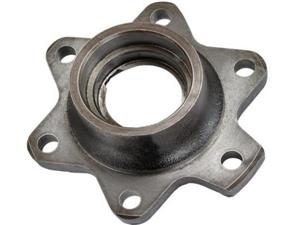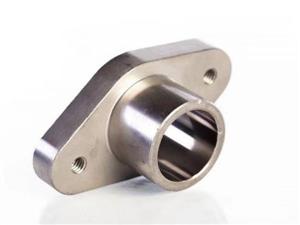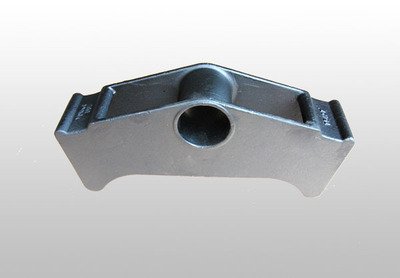The role of casting in blank selection
1. Material and mechanical property requirements of parts. The process characteristics and mechanical properties of part materials roughly determine the types of blanks. For example, casting blanks for cast iron parts; When the shape of steel parts is simple and the mechanical property requirements are not high, the bars are commonly used. For important steel parts, forgings should be selected to obtain good mechanical properties, and when the shape is complex and the mechanical property requirements are not high, steel castings should be used; Non ferrous metal parts are commonly used profiles or casting blanks.
2. Structural shape and overall dimensions of parts. Sand casting or free forging is often used for large and simple parts; The blank with complex structure is multi-purpose casting; Die forging or die casting blank can be used for small parts; Multi purpose forging blanks for sheet steel parts; For the blanks of shaft parts, if the step diameters are similar, the bar stock can be used; If the size difference of each step is large, the forging should be selected.
3. The size of the production program. In mass production, the blank manufacturing method with high precision and productivity should be adopted. Metal die machine modeling and precision casting are used for castings, and die forging or precision forging is used for forgings. In the small batch production of single piece, the blank is made by hand molding or free forging with wood mold. Existing production conditions. When determining the blank, specific production conditions must be combined, such as the actual level and capacity of on-site blank manufacturing, the possibility of outsourcing, etc., or it will be unrealistic.






